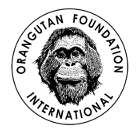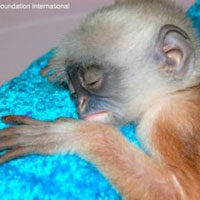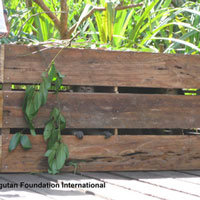“Ewok,” the red leaf monkey infant at the Care Center There’s an old adage that says it takes a village to raise a child. Each day this phrase is put into action at OFI’s Orangutan Care Center and Quarantine (OCCQ) in Pasir Panjang. There are many people involved in raising the numerous orangutan orphans that… Continue reading See Red
Tag: monkey
Macaque Monkey Release
Central Kalimantan, Indonesia – For a place called the Orangutan Care Center and Quarantine (OCC&Q), there is a surprising number of animals around that are neither orange, long-haired, nor gentle. Apart from animals rescued from a zoo OFI bought and closed down, we regularly accept confiscated, surrendered, and injured animals from local people and government.… Continue reading Macaque Monkey Release


